Spelsberg Cable inlet
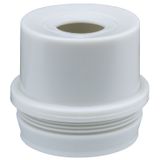
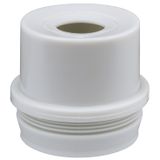

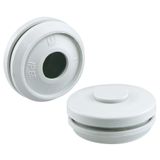


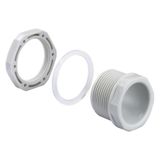
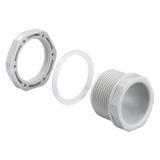
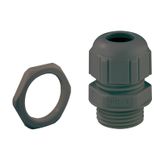
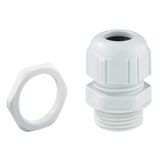

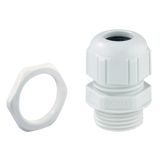


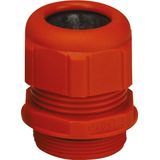
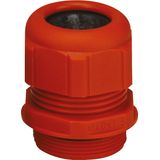
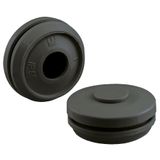

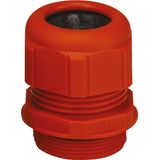
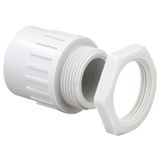

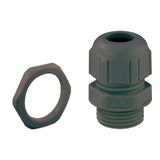
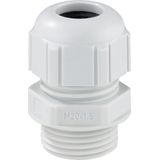
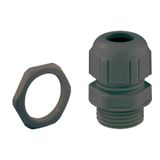

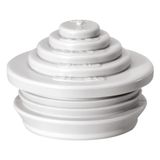

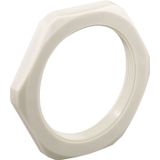
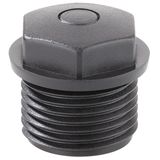
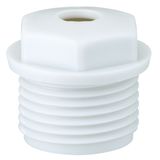
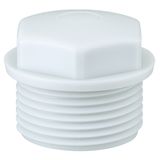

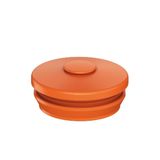
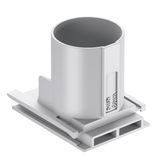
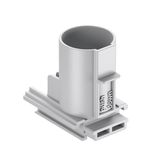
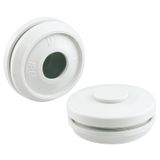
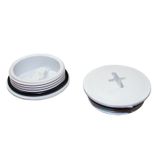



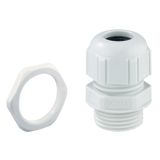

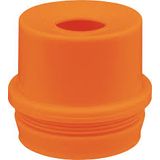
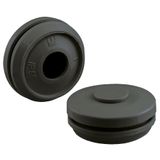
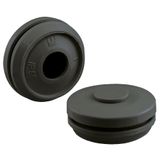

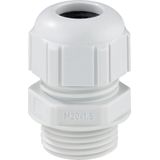
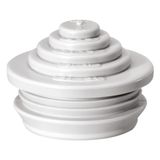
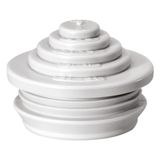
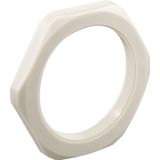
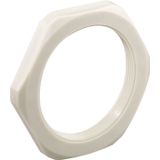

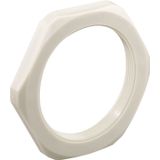

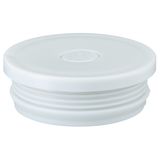

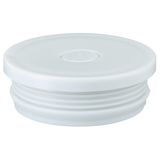
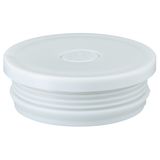

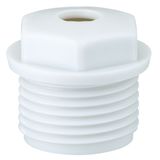
spelsberg cable inlet options for enclosures and junction boxes
This category covers single-point entries for small to mid-size housings where installers want a clean, strain-relieved pass-through. Bodies are polyamide PA6 or nickel-plated brass with metric threads M16–M50 (select frames reach M12 and M63). Typical ratings: IP66/IP67 static, IP68 on long-thread variants with double seals; impact IK07–IK09. Temperature windows commonly −25…+100 °C for PA and −40…+120 °C for brass; UV-stabilized black PA is offered for rooftops and façades. Dome and compression styles both land ≥60 N pull-out on 7–10 mm jackets; fine-tune with the selected insert so the clamping range matches the cable OD, not just nominal size.
spelsberg cable glands materials, threads, and EMC specifics
Polyamide units use elastomer gaskets with stepped collets to span wide OD ranges; brass units add higher crush resistance and better thermal age. Locknuts are steel or brass with serrations for bite-through on painted panels, ensuring PE continuity. EMC versions employ 360° spring or cone clamps that contact the braid/foil circumferentially before the environmental seal—low impedance at RF and a dependable earth path at mains transients. Thread choices: metric ISO 965-1 as the default; adapters cover Pg, NPT, and step-ups/downs when legacy cut-outs appear on site. For wash-down lines, flat sealing washers and captive O-rings help faces hit IP on uneven paint.
spelsberg cable entry systems multi-hole plates and membranes
Where many small circuits enter the same box, multi-gland plates and slit membranes keep density high without punching dozens of holes. Elastomer plates accept 2–20 leads per frame with conical apertures that self-seal around 3–22 mm ODs; split versions allow retrofits over pre-terminated cords. IP65/IP66 is typical; add backing plates to stiffen thin walls. For harsh outdoor cabinets, layered gaskets with compression stops prevent over-tightening from deforming the seal. Label strips next to each aperture keep pairs and polarity traceable during FAT/SAT.
Engineering data that drives selection
- Ingress IEC 60529 IP66/IP67/IP68 per model; salt-spray tests on outdoor sets.
- Impact IEC 62262 IK07–IK10 for exposed fittings.
- Flammability UL 94 V-2/V-0; glow-wire IEC 60695-2-11 typical 750–850 °C on PA.
- Strain relief EN 62444 class A/B; pull-out ≥ 60–150 N depending on size.
- EMC 360° clamps tested for low transfer impedance; use conductive locknuts and tooth washers to finish the bond.
- Temperature verify continuous and short-term peaks if the fitting sits near drives, lamps, or brake resistors.
Sealing and pressure management
IP ratings depend on the ferrule being sized to the jacket OD. For altitude and thermal cycling, pressure-equalising vents avoid “breathing” that pulls moisture through threads. In coastal installations, silicone gaskets resist swelling; EPDM suits general duty. Where drawings call for spelsberg sealing cable entries, specify gasket chemistry, clamping range, and face-seal type on the same line so purchasing doesn’t mix compounds.
spelsberg cable protection fittings for route durability
Beyond the gland itself, strain-relieved grips, 90° elbows, corrugated conduit adapters, and thread reducers complete the route. Elbows reduce bend stress at busy panels; swivel types avoid torsion on pendant drops. Corrugated conduit couplers lock to EN 61386 tubing with positive detents, preserving IP at the transition. For machine bases, anti-vibration locknuts and jam-rings keep torque in place. IK10 metal hoods are available where trolleys and ladders meet metal.
Practical sizing notes for panel shops
- Pick by used jacket OD, not the cable’s nominal family.
- On painted doors, add serrated or star washers to bite through coating for earth continuity.
- Leave one step of range margin for future cord swaps; don’t over-span a single insert.
- For multi-entry plates, check minimum center-to-center spacing versus your ferrule OD to avoid pinch.
- Record torque windows on the fabrication card—over-tight routes split elastomers and lose IP.
Product families, kits, and common mixes
Single-entry domes, compression types with narrow shoulders for dense rows, EMC variants with spring cages, split grommet frames for retrofits, and membrane plates for fast field work form the core. Typical “kit” lines include body, insert set (narrow/wide), locknut, sealing washer, and, on EMC, conductive nut + tooth washer. When schedules shorthand the path as spelsberg electrical cable access, include adapter rings and reducer bushes so the kit lands complete against existing holes.
Applications and quick pairing
- Rooftops/plant: black UV-stable PA or brass, IP67, add vents and drain plugs.
- Food/service: smooth-face domes for easy wipe-down, stainless fixings.
- VFD/PLC rooms: EMC glands with 360° clamps; braid clamped before environmental seal, then 360° braid clamps at the entry plate for the trunk.
- Public interiors: low-profile compression domes, matching colour to the enclosure.
On cabinet legends, note circuits fed through spelsberg wiring inlets separately from measurement/comm runs so maintenance doesn’t mix domains.
Integration with boxes and rails
Entries match the brand’s ABS/PC and outdoor housings; M16/M20/M25 are the day-to-day threads on Abox-scale junctions, while M32–M50 land on TK/GEOS fronts. Use stepped grommets in thin-wall housings; in thick doors, long-thread bodies preserve nut engagement. Keep SPD leads short—≤0.5 m—and route control and PoE through segregated plates to keep EMC clean.
Short standards checklist for submittals
- EN 62444 for gland selection, sizing, and strain-relief classification
- IEC/EN 62208 for empty enclosure assemblies with fitted entries.
- IEC 60529 for IP; IEC 62262 for IK.
- UL 94 and glow-wire declaration for plastics
- EMC test note for 360° clamp variants with measured transfer impedance.
Compact spec lines for purchasing
Thread size and pitch, body material, colour, clamping range (min–max), IP/IK, temperature class, seal material, and whether EMC is required. Add locknut type, washer type, and any reducer/adapter codes. If the RFQ groups items as spelsberg cable entry systems, include membrane plates and split frames next to the classic glands to avoid second-round picks.